Welcome to Our Blog
How To Train a Dog or Puppy to Settle Down
How to Train Your Dog or Puppy to Settle Down
Doggie decompression uses gentle restraint or controlled confinement to help a dog or puppy learn to relax and settle. This technique can be an effective step in managing behaviors like hyperactivity and even separation anxiety. Learn positive, science-based strategies from a certified professional dog trainer to help your dog stay calm, confident, and comfortable when left alone or in stimulating environments.
How to Train a Dog to Sit Using Games of Choice
Dog Training Los Angeles: It’s Your Choice (IYC) is a critical core foundation game because it sets the stage for teaching self-control over all future reinforcers (reinforcers = anything your dog likes or enjoys). It teaches our dogs that all things of value must be earned. The premise of the game is that the “work” is what earns the reward not just the presence of those rewards in the environment.
How to Train a Dog Not to Pull on Leash
Dog Trainer Alexandra Bassett demonstrates how to train a dog to walk with a loose leash, meaning that they’ve learned not to pull you in order to get where they want to go,. Leash manners are taught in incremental steps starting by teaching a dog how to respond to leash tension, know as “leash communication,” and where you want them to position themselves while walking on a leash, which can be achieved by playing stationary and moving reinforcement zone games..
Dog Training: The Dominance Myth
Debunking the “Alpha Dog” Myth: Modern, Effective Dog Training Tips from a Certified Professional Dog Trainer
Leash reactive dogs—those that bark, growl, or lunge at other dogs or people while on a leash—are increasingly common in urban areas and busy cities. For years, many dog owners were taught the outdated “alpha dog” theory, which suggested that dominating your dog was the key to control.
Science-based training shows a better way. Positive, reward-based methods foster trust, communication, and cooperation, teaching dogs desirable behaviors without fear or intimidation.
By abandoning dominance-based approaches, dog owners can tackle leash reactivity, jumping, and aggression more effectively—building stronger, healthier, and more respectful bonds with their dogs.
Dog Training Games: How to Play Hide & Seek to Improve Your Dog’s Recall
At Dog Savvy, we believe dog training should be fun, easy, and effective. One of our favorite games? Hide & Seek. This simple game takes little effort but delivers big results—boosting your dog’s recall skills by creating strong, positive associations with coming when called. You can play it anytime, anywhere, and your pup will love it.
Dog Park Etiquette: Do's & Don'ts
Dogs were built to roam and, more than anything, love running around free. Dog parks, therefore, can be a great way to grant your lovable furball some much-desired freedom where they can blow off some steam. Here are some ways to ensure the dog park always remains a positive experience.
What Causes Dog Anxiety?
Dog Anxiety Explained: Causes, Symptoms, and How to Help Your Anxious Dog
As more people welcome dogs into their homes, cases of dog anxiety are becoming increasingly common. But what causes anxiety in dogs, and how can you help? Understanding dog anxiety starts with learning how dogs experience the world and how their natural survival instincts can become overactivated.
In this post, we’ll break down the root causes of canine anxiety and share effective, science-based strategies to calm and support your anxious dog.
Leash Reactivity in Dogs: Why Your Dog Barks and Lunges on Walks
City walks with a reactive dog can be stressful. Leash reactivity—barking, lunging, or over-arousal—often stems from fear, frustration, or past experiences. Learn what triggers this behavior, why it happens, and expert strategies using positive reinforcement to help your dog stay calm, confident, and focused on walks.








